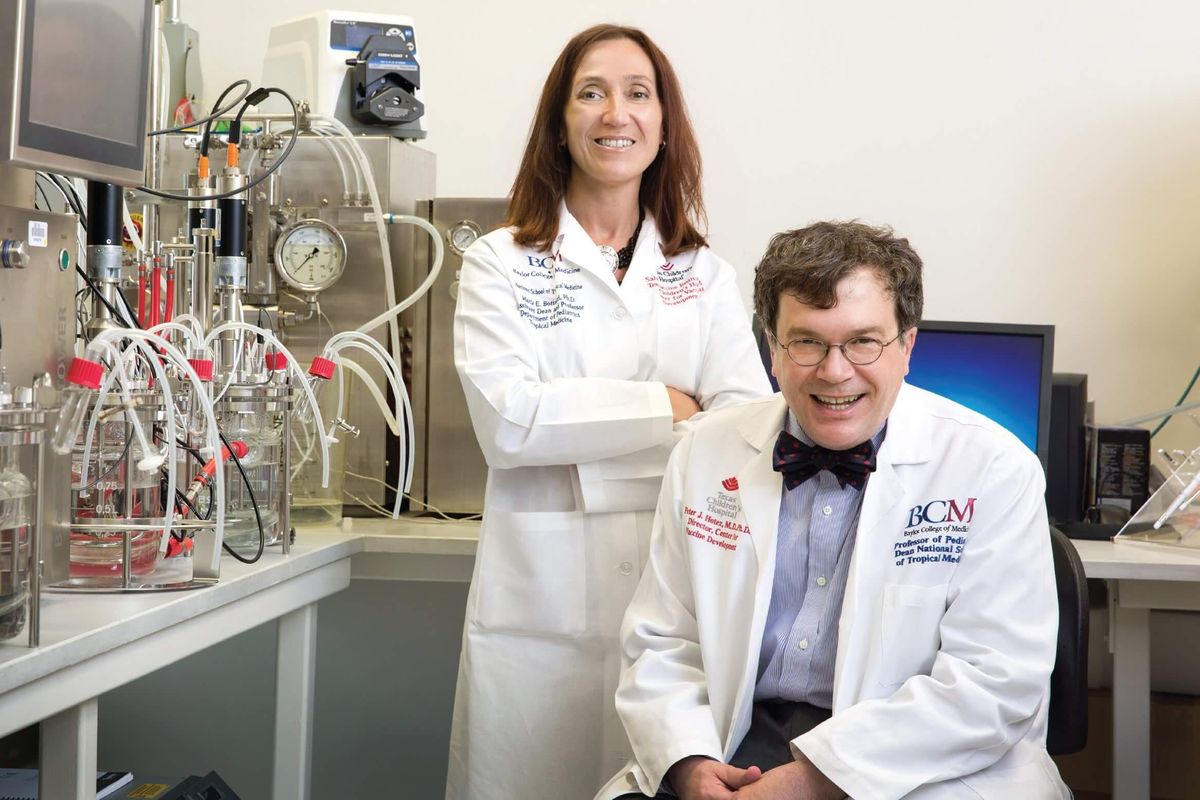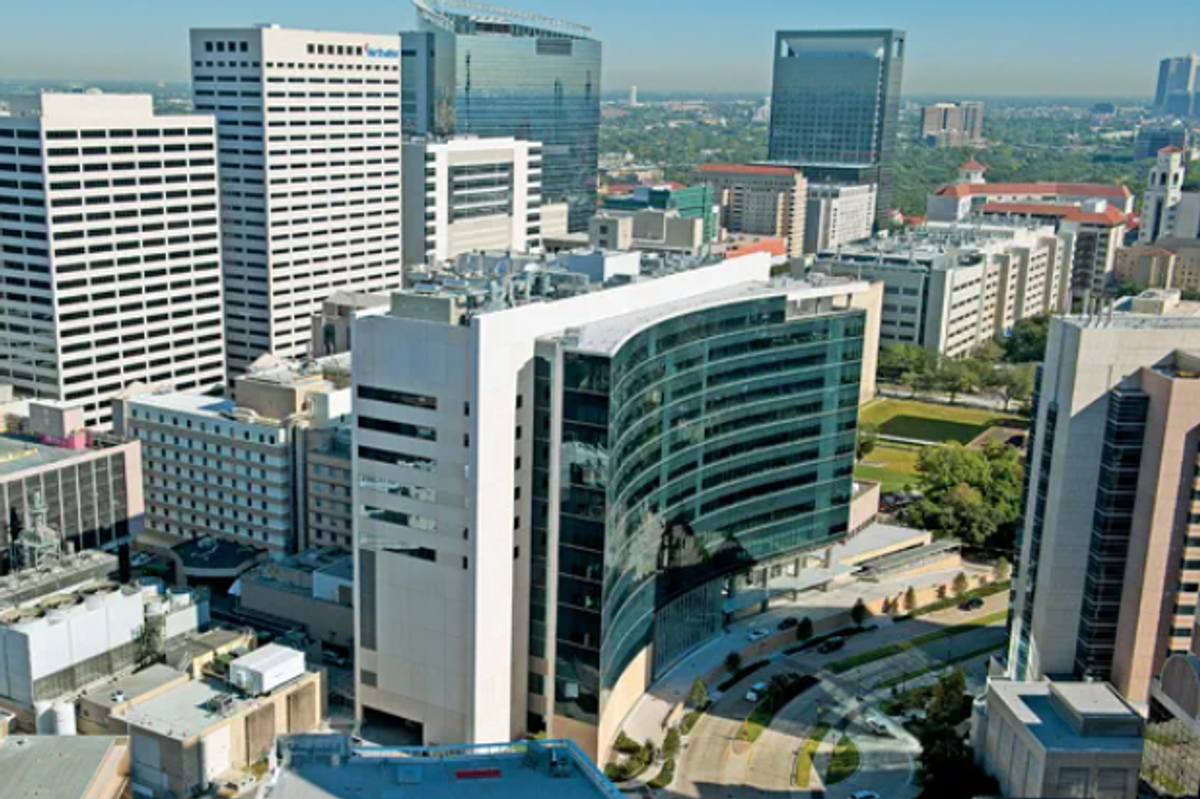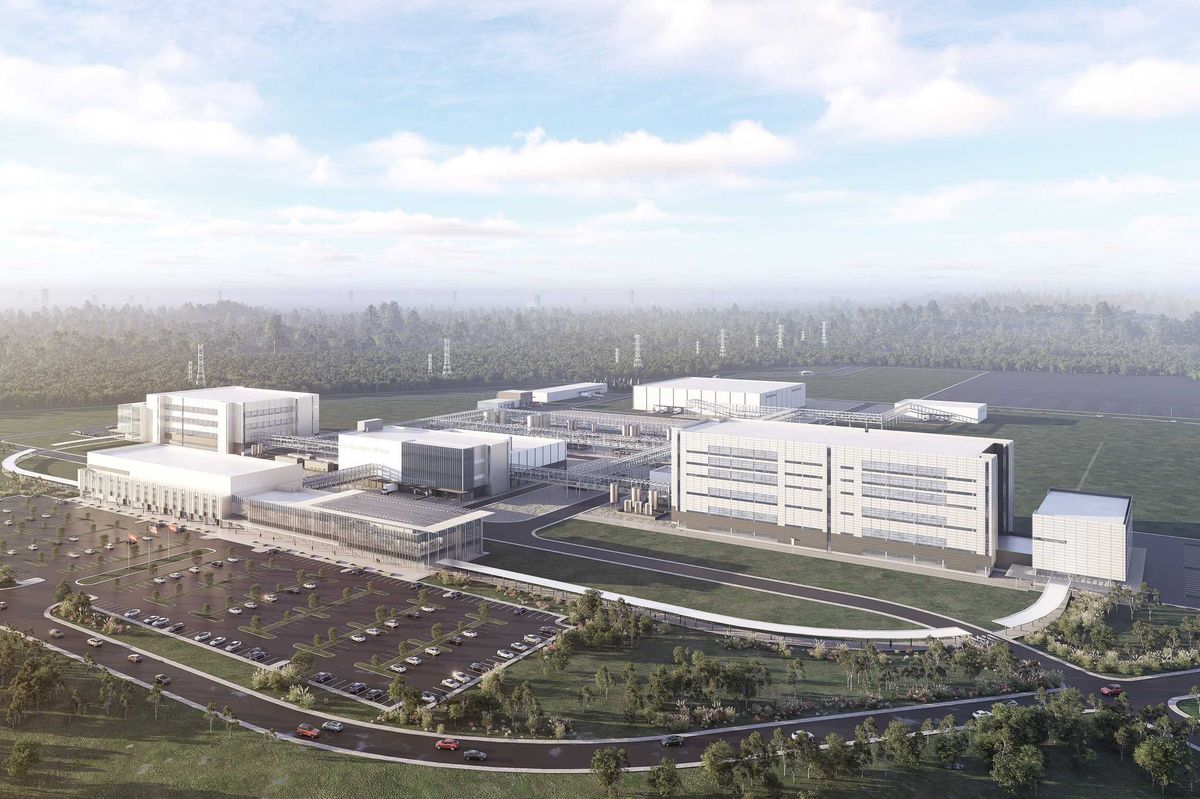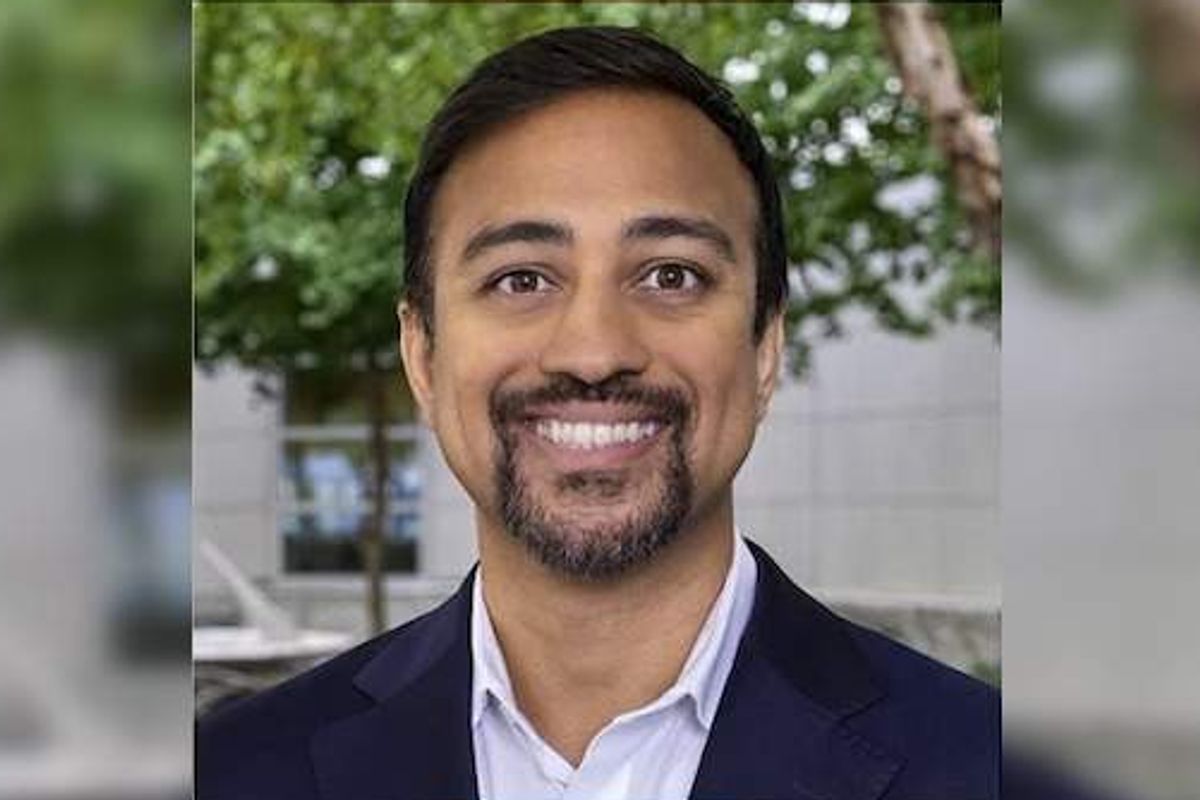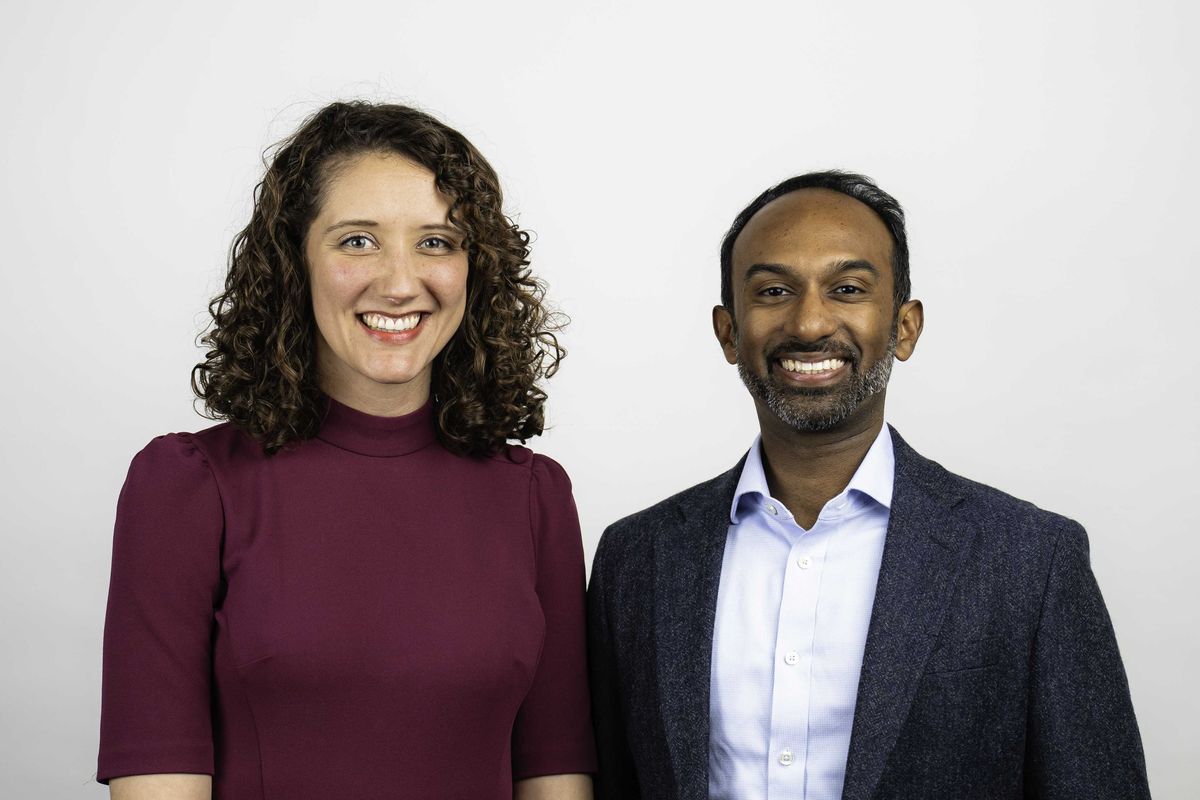Student startups pitch out-of-this-world tech at Houston competition
space tank
Several groups of students from all over the United States tapped into technology developed by NASA to create business plans. The teams competed in Houston last week for thousands of dollars, and one team went home with the win.
NASA’s Minority University Research and Education Project, or MUREP, hosted its annual "Space Tank" pitch event, MUREP Innovation and Technology Tech Transfer Idea Competition, or MITTIC, last week at Space Center Houston. Seven teams from across the country — including three Texas teams — pitched business plans based on NASA-originated technology.
“Students and faculty members of MITTIC are notably engaging with our agency, but they are helping to fulfill our mission to make the earth a better, safer place creating products and services that will shape the future," says Donna Shafer, associate director at Johnson Space Center.
All seven teams — each led by a minority student — went home with at least $5,000 as a prize for making it to the finals, but one team from the University of Massachusetts at Boston took home first place and a $10,000 prize. The winning team is also invited to join Team Piezo Pace from the University of St. Thomas, Houston, in a visit to NASA’s Ames Research Center in Silicon Valley, California, for additional look in the innovation and entrepreneurial space.
The judges for the event included: Hope Shimabuku, director of the U.S. Patent and Trademark Office for the Texas Region; Megan Ortiz, project manager at NASA; Lawrence Cosby, vice president of IP strategy at JPMorgan Chase & Co; Terik Tidwell, director of inclusive innovation at VentureWell; Jorge Valdes, program advisor on STEM education and intellectual property at the United States Patent and Trademark Office; Walt Ugalde, economic development executive at NASA; and Laura Barron, autonomous systems technology deputy project manager at NASA.
The seven finalist teams — and the technology they are working on — are as follows:
- Lone Star College - CyFair’s team Aquarius Solutions, which pitched its water purification product, ClearFlow, based off an ammonia removal system developed at NASA
- Fayetteville State University in North Carolina’s ASAPA team pitched their Autonomous Solar Array Assembly drone technology that’s based on NASA’s Print-assisted Photovoltaic Assembly system for automated printing of solar panels.
- University of Houston-Clear Lake’s team AstroNOTS has identified a technology to address the safety of wildfire rescue teams. The PyroCap is a emergence fire shelter based on NASA’s Lightweight Flexible Thermal Protection System.
- Santa Monica College in California’s team, BREATHE, pitched a noninvasive technology to replace traditional mammograms. The device can analyze breath through a NASA-designed sensor.
- University of Massachusetts-Boston’s winning team, LazerSense Solutions, is working on a technology for smoke and gas detection. The PartaSense device can detect everything from carbon monoxide to black mold. It’s based on NASA’s MPASS IP.
- Hartnell College in California’s team PanterBotics is working on an zero-emission electric vehicle, the OmniZero, to address climate change. The technology, a modular robotic vehicle, originated at NASA.
- University of Texas at Austin’s Longhorn Innovators, who pitched a thinking cap technology to increase and enhance focus. The wearable device is based on NASA technology ZONE, or Zeroing Out Negative Effects, an analysis from EEG sensors.


